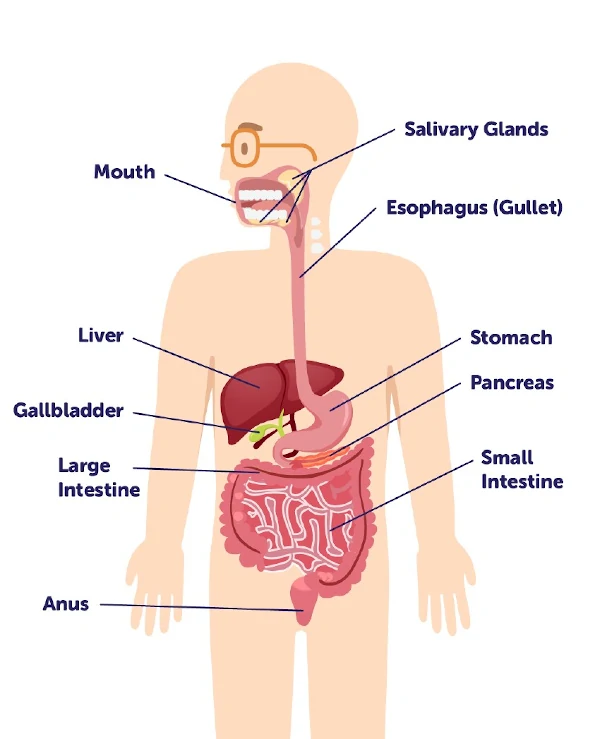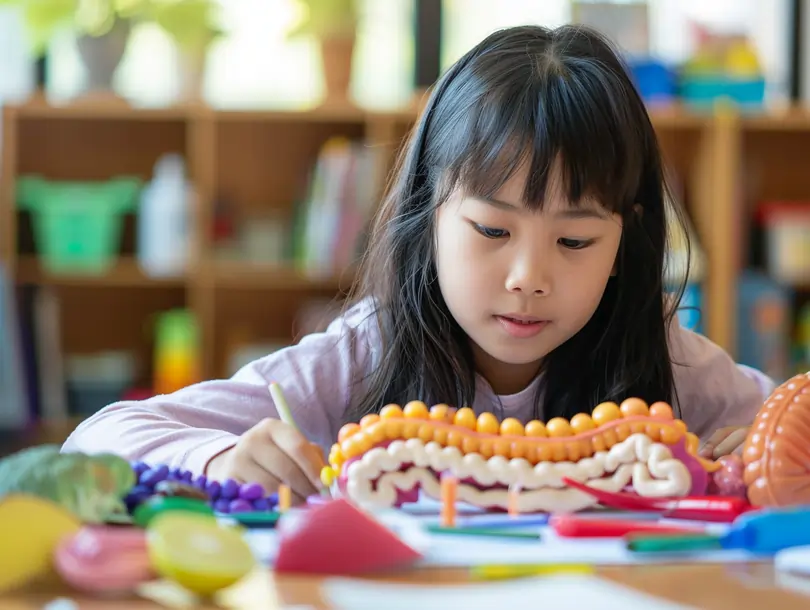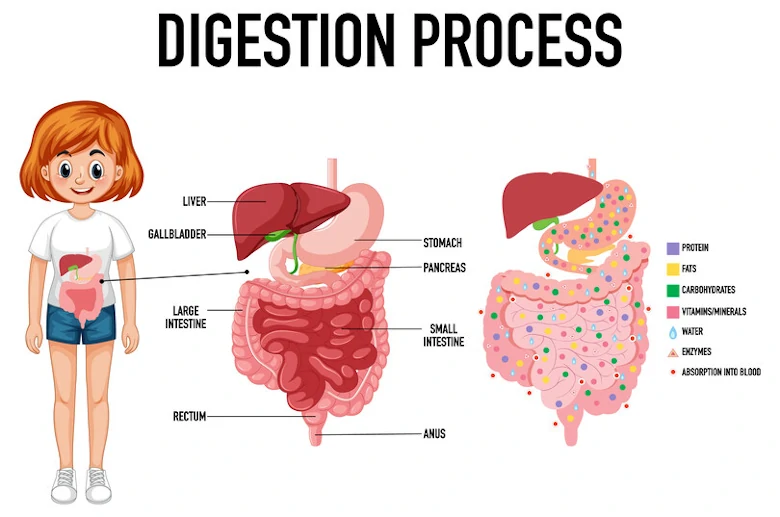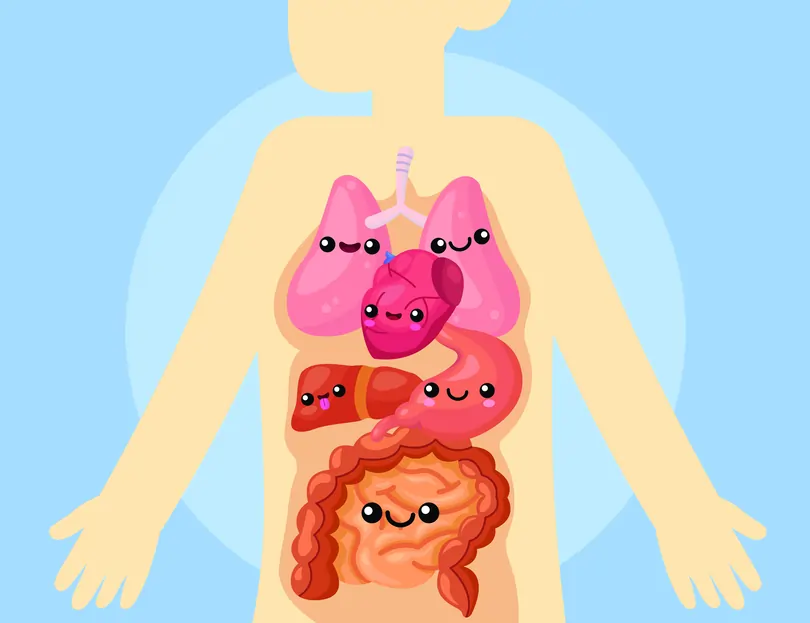Living And Non-Living Things
In this article, you will be introduced to the concept of living and non-living things according to the Singapore Primary 3 Science Syllabus. We will understand the characteristics of living things as well as non-living things. We will also learn how to classify things. Let's see what you will learn in this article
- What is Classification?
- Living Things And Their Characteristics
- Reproduction Of Living Things
- Growth Of Living Things
- Living Things Respond To Changes
- Non-Living Things And Their Characteristics
- Differences Between Living And Non-Living Things
- Practice Problems
What is Classification?
Classification is the grouping of things according to their characteristics. A characteristic of a thing refers to the unique feature of the thing.
How to classify things?
| Step 1 | Make an observation. List down the similarities and differences among the things given. |
|---|---|
| Step 2 | Identify the similar characteristics and group the similar things together. |
| Step 3 | Give a suitable heading to the group of things. |
Classification can be done in flowcharts and tables as shown below.
Flowcharts:
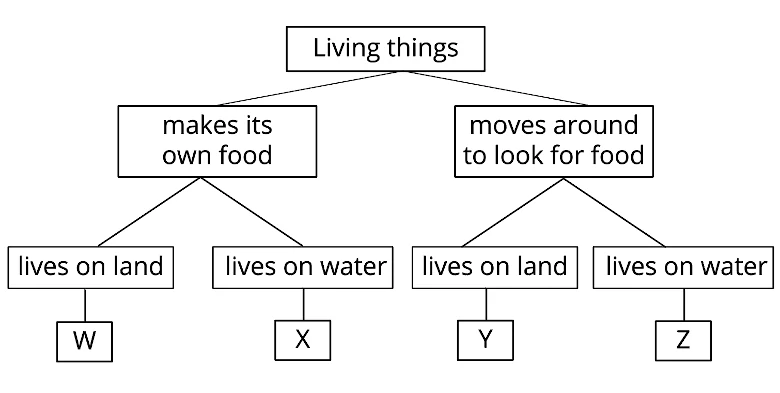
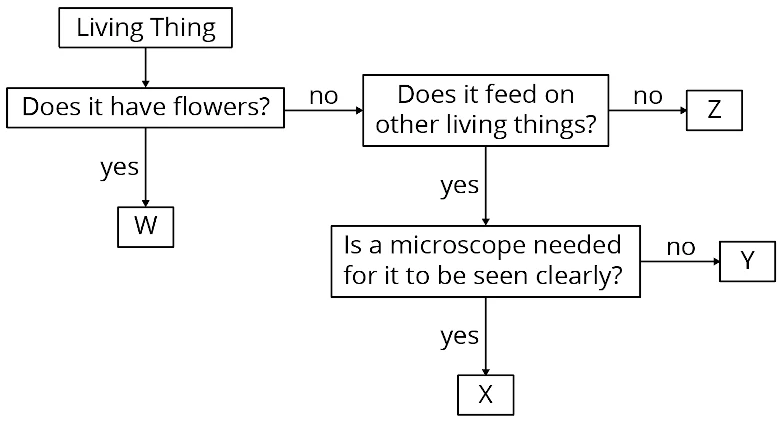
Tables:
| Observations | Group W | Group X | Group Y | Group Z |
|---|---|---|---|---|
| It has scales | ✓ | ✓ | ||
| It has six legs. | ✓ | |||
| It breathes through its gills. | ✓ | |||
| It breathes through its skin. | ✓ |
| Animals | |||
|---|---|---|---|
| Provide Their Young With Milk | Do Not Provide Their Young With Milk | ||
| Can fly | Cannot fly | Can fly | Cannot fly |
| E | F | G | H |
Living Things And Their Characteristics
A living thing is a thing that is alive. A living thing is also known as an organism. Living things can be further classified into the different types of living things:
- animals
- plants
- fungi
- microorganisms (bacteria)
Characteristics Of Living Things
Living things have the following characteristics:
- need air, food and water to survive
- reproduce to ensure the continuity of their own kind
- grow
- respond to changes
Living things need air, food and water to survive.
Living things need air, food and water in order to survive. Plants are able to make their own food while other living things will have to consume food in order to survive.
Let us look at the following experiments to show that living things need air, food and water for survival.
Experiment 1:
Living things need air to survive.
In the experiment, as shown in the diagram below, both set-ups have a snail each and contain the same amount of food and water. However, the cover of the bottle in set-up A does not have holes while the cover of the bottle in set-up B has holes.
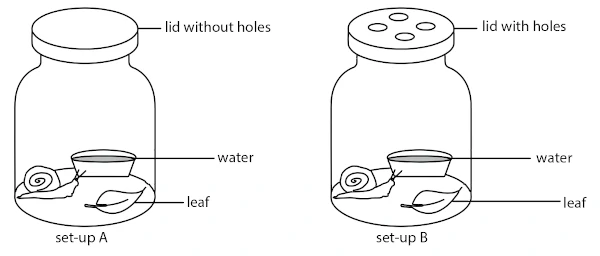
What will happen to the snails in both set-ups after two days?
The snail in set-up A will not survive after some time while the snail in set-up B will survive.
Reason:
The holes of the bottle in set-up B allow air to enter while there are no holes in set-up A for air to enter. Thus, the snail in set-up B has sufficient air for survival while the snail in set-up A will use up the limited air in the bottle and die eventually due to the lack of air.
Experiment 2:
Living things need food to survive.
In the experiment, as shown in the diagram below, both set-ups have a snail each and contain the same amount of water. However, there is food (leaf) in set-up K while there is no food (leaf) in set-up L.
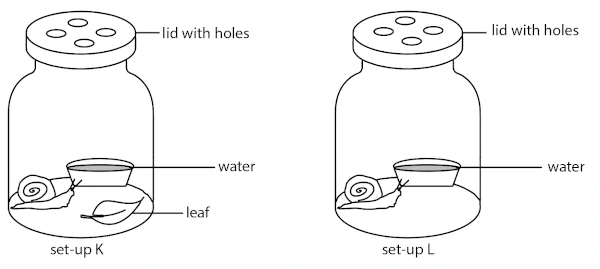
What will happen to the snails in both set-ups after two weeks?
The snail in set-up K will survive while the snail in set-up L will not survive.
Reason:
There is leaf (food) for the snail in set-up K to feed on while there is no food for the snail in set-up L to feed on. Thus, the snail in set-up K will be able to survive while the snail in set-up L will not be able to survive due to the absence of food.
Experiment 3:
Living things need water to survive.
In the experiment as shown in the diagram below, both set-ups have a snail each and contain the same amount of food (leaf). However, there is water in set-up X while there is no water in set-up Y.
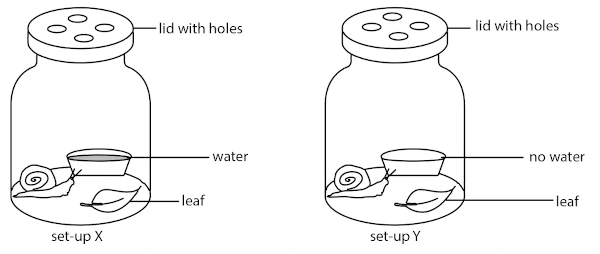
What will happen to the snails in both set-ups after one week?
The snail in set-up X will survive while the snail in set-up Y will not survive.
Reason:
There is water for the snail in set-up X while there is no water for the snail in set-up Y. Thus, the snail in set-up X will be able to survive while the snail in set-up Y will not be able to survive due to the absence of water.
Reproduction Of Living Things
Living things need to reproduce to ensure the continuity of their own kind. If they do not reproduce, they will become extinct. Living things reproduce in different ways. Some examples are shown in the table below.
| Living Things | Reproduction Method | Examples | |
|---|---|---|---|
| Animals | Mammals | give birth to young alive | lion rabbit |
| Birds | lay eggs | eagle chicken |
|
| Fish | lay eggs | goldfish clownfish |
|
| Reptiles | lay eggs | snake crocodile |
|
| Amphibians | lay eggs | frog toad |
|
| Insects | lay eggs | ant mosquito |
|
| Plants | Flowering plants | spores | apple tree papaya tree |
| Non-flowering plants | spores | ladder fern bird’s nest fern |
|
| Fungi | - | spores | mushroom toadstool |
Growth Of Living Things
Living things grow and develop in terms of size and appearance over time. When they develop into adults, they are able to reproduce.
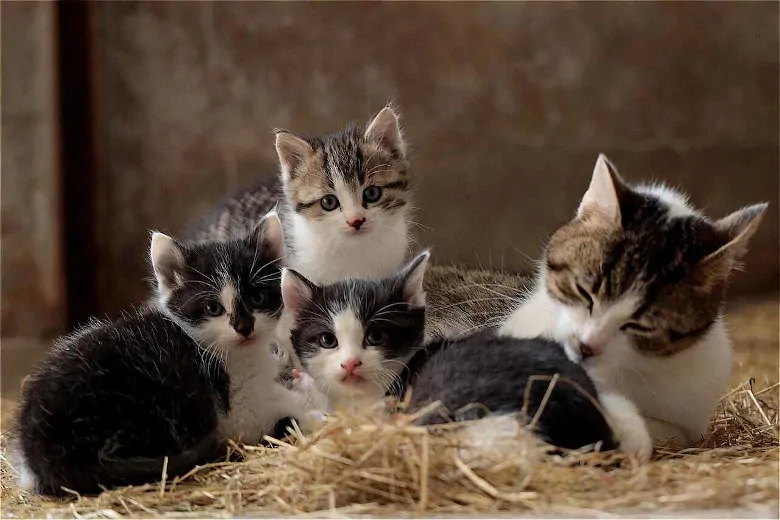
Image Credits: WFranz - Cat Family Kitten Cuddle
Living Things Respond To Changes
Living things respond to changes in their environment to ensure their own survival.
Examples:

Image credits: cocoparisienne - A millipede curls up when being touched to protect itself from predators.

Image credits: jc12203 - A cheetah chasing after some gazelle.
Non-Living Things And Their Characteristics
Non-living things are things that are not alive. They do not need air, food and water to survive. They cannot reproduce, grow or respond to changes around them.
Differences Between Living And Non-Living Things
| Living Things | Non-Living Things |
|---|---|
|
|
|
|
|
|
|
|
Conclusion
In this article, we learned about classification and how classification can be done. We also learnt about living things and their characteristics. We also explored the characteristics of non-living things as well as how they are different from living things.
Practice Problems
Answer the following questions based on the concepts that we have covered in this article. If you are unclear, you may want to revisit the relevant section to revise the concepts.
Question 1:
Bobby saw some plants and touched the leaves of the plant. When he touched the leaves of the plant, the leaves closed up as shown in the pictures below.

Which characteristic of living things did the above plant show?
Solution:
Living things respond to changes around them.
Explanation:
The leaves closed up when Bobby touched them. This shows that the leaves of the plants responded to Bobby’s touch, causing them to close.
| Continue Learning | |
|---|---|
| Systems | Diversity Of Materials |
| Plants And Their Parts | Living And Non-Living Things |
| Diversity Of Plants | Digestive System |
| Diversity Of Animals | Fungi & Bacteria |
Test Yourself
Roshini put a chick in a container with tiny holes on the lid. She fed the chick with some grains everyday. After 3 days, the chick died.
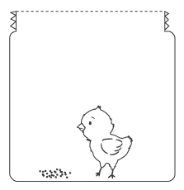
Which of the following statements is/are true?
A: The chick missed the mother hen and died.
B: The chick died of thirst as water was not given.
C: The chick did not have air to breathe and cannot survive.
D: The chick did not have enough sunlight to keep itself warm.
Choose the correct option
All living things need air, food and water to survive.
There are holes on the lid to allow air to enter the container and there is food for the chick. However, there is no water present for the survival of the chick.
The number of crows in a town has increased. Which one of the following best explains this increase?
1: Living things grow old and die.
2: Living things need water and food.
3: Living things reproduce their own kind.
4: Living things respond to changes around them.
Living things reproduce to ensure the continuity of their kind. This results in the increase in its population.
The graph below shows information about a girl growing up.

What can you infer from the graph?
1: The girl has become taller as she grows older
2: The girl has become heavier as she grows older.
3: The girl has become thinner as she grows older.
4: The girl has become stronger as she grows older.
Height is a measure of how tall a person is.
Chevelle made some observations for four objects in her house for a week. She recorded her observations as shown in the table below.
| Objects | Reproduce | Respond To Changes |
|---|---|---|
| E | ✓ | ✓ |
| F | メ | メ |
| G | メ | ✓ |
| H | ✓ | ✓ |
Which of the following are most likely to be living things?
Living things are able to reproduce and respond to changes. Some non-living things are able to respond to changes such as toy cars. However, non-living things are unable to reproduce.
Chloe placed a grasshopper in a sealed container. What must she do to ensure that the grasshopper survives?
A: Poke holes in the lid of the container.
B: Place a plate of water in the container.
C: Clean the container to ensure that the container is free of dust.
D: Ensure that there is sufficient food for the grasshopper to feed on.
Choose the correct option
Cleaning the box does not affect the grasshopper.


 SG
SG  VN
VN 
